How to Learn to Do Math Quickly
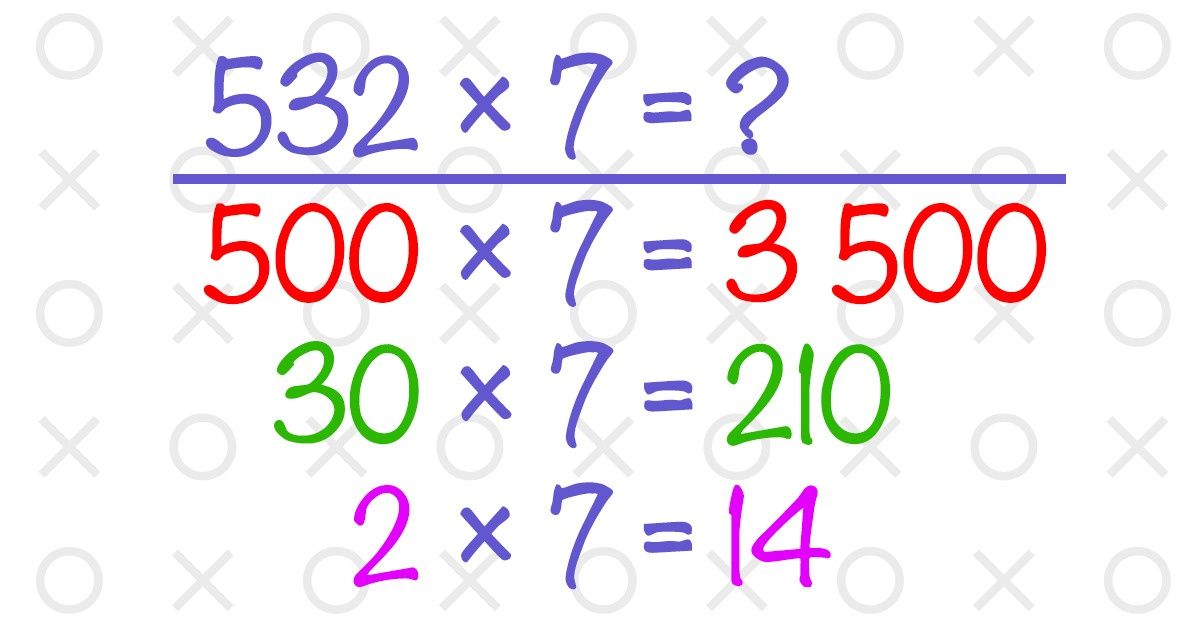
The skill of doing math fast in your head seems like it’s a magic ability, but in reality, it’s quite easy to learn to do if you know a few tricks and train your brain. Besides, doing math in your head develops your memory and teaches you to concentrate on the important stuff, let alone the practical use of this skill.
With simple examples, 5-Minute Crafts explains how to do math quickly, even if you don’t have a calculator.
Multiplying multi-digit numbers by single-digit numbers
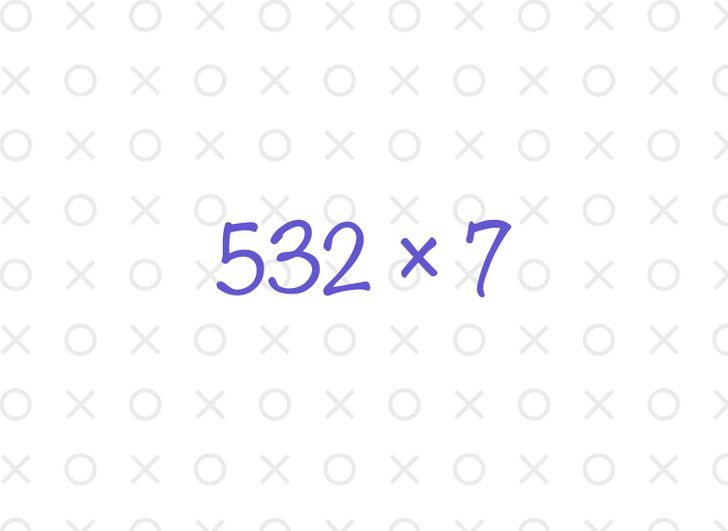
To multiply a multi-digit number by a single-digit number, sort out the big number into hundreds, tens, and ones.
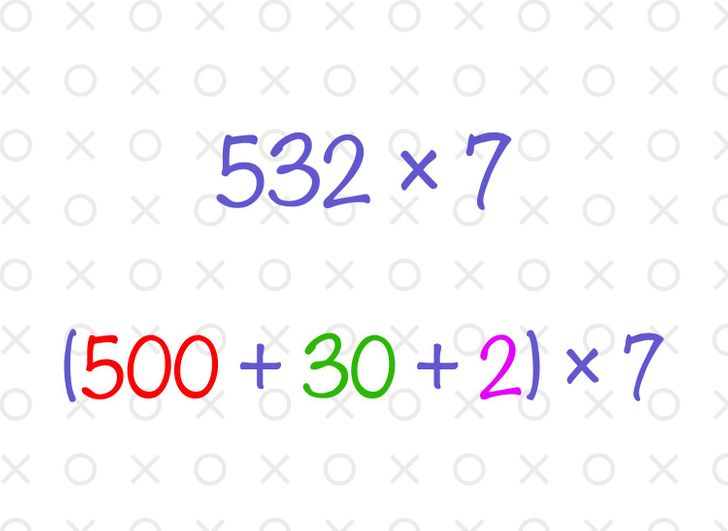
For example, 532 consists of 5 hundreds, 3 tens, and 2 ones. So, you can write it down like this: 500 + 30 + 2.
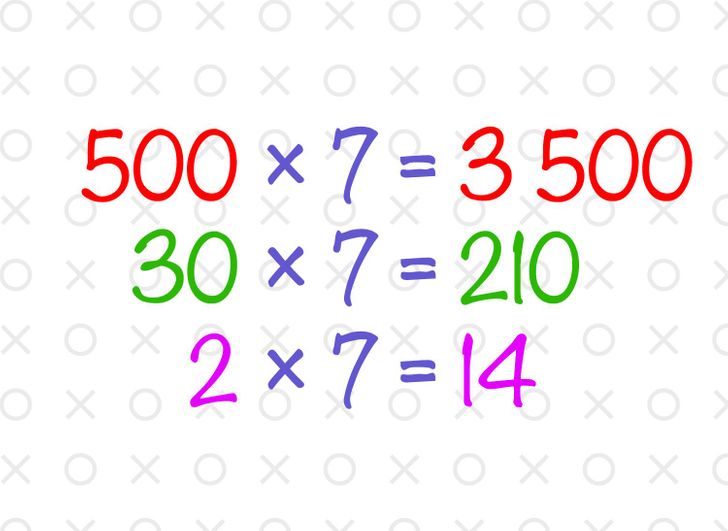
Now, multiply each number by 7.
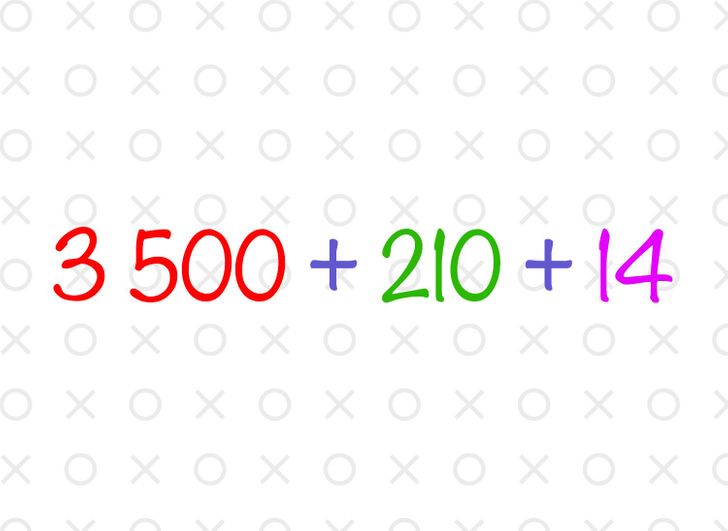
Then, add the results or make the task even easier by writing down the numbers in the simplified way we described above.
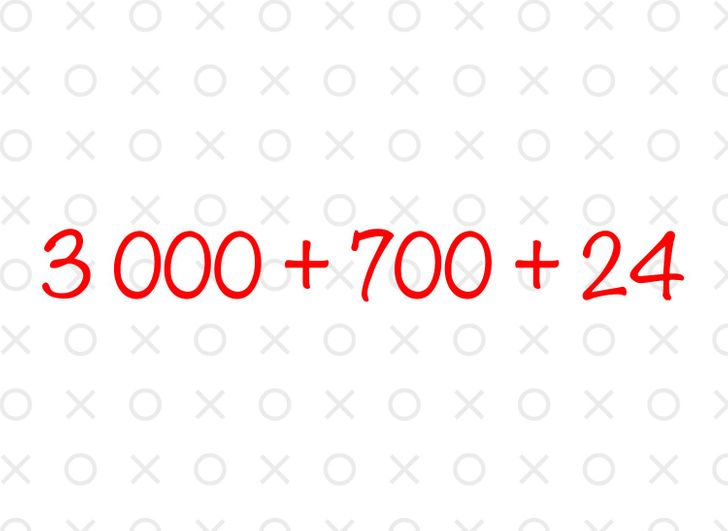
Now, add the results.
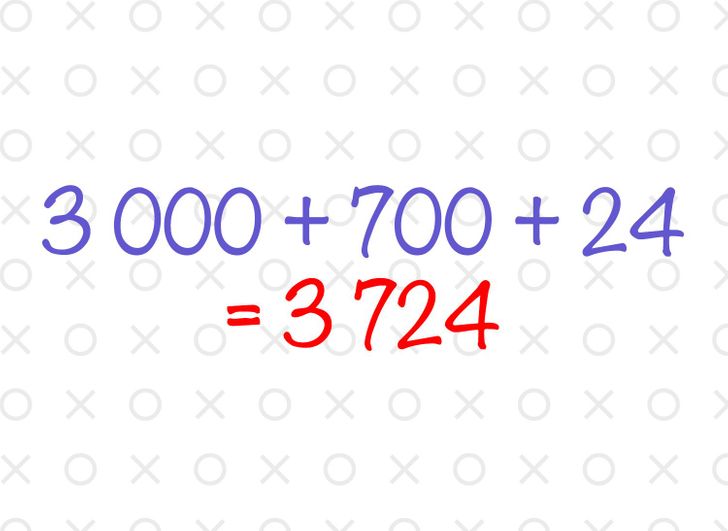
The result is your answer.
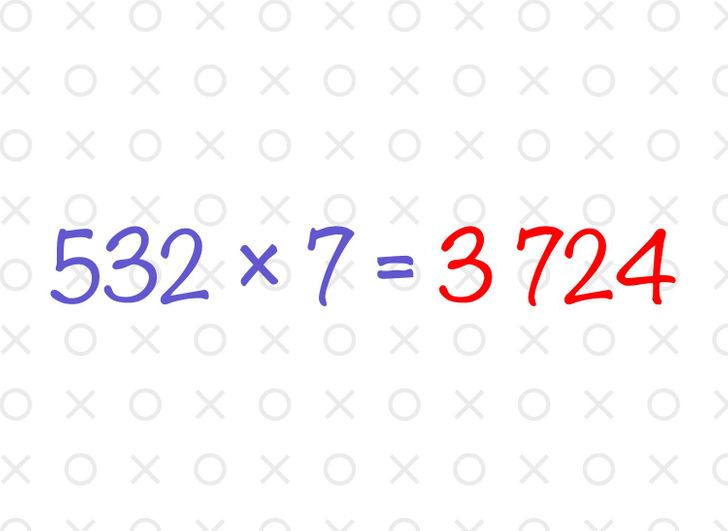
Addition and subtraction of multi-digit numbers
You can also use the trick we’ve described above with addition and subtraction: you need to break down the multi-digit numbers into simpler ones and add the same values.
Example № 1: How to add 321 and 456? Imagine 321 as 321 = 300 + 20 + 1, and the second one as 456 = 400 + 50 + 6. Now, add the same values: (300 + 400) + (20 + 50) + (1 + 6). Now, add the results to get the end result: 700 + 70 + 7 = 777.
Example № 2: How to subtract 345 from 987? Imagine the bigger one: 987 = 900 + 80 + 7 and the second one as 345 = 300 + 40 + 5. Now, subtract the same values from each other and add their results (900 — 300) + (80 — 40) + (7 — 5). You get 600 + 40 + 2 = 642 which is your answer.
Multiplying big numbers (the Karatsuba algorithm)
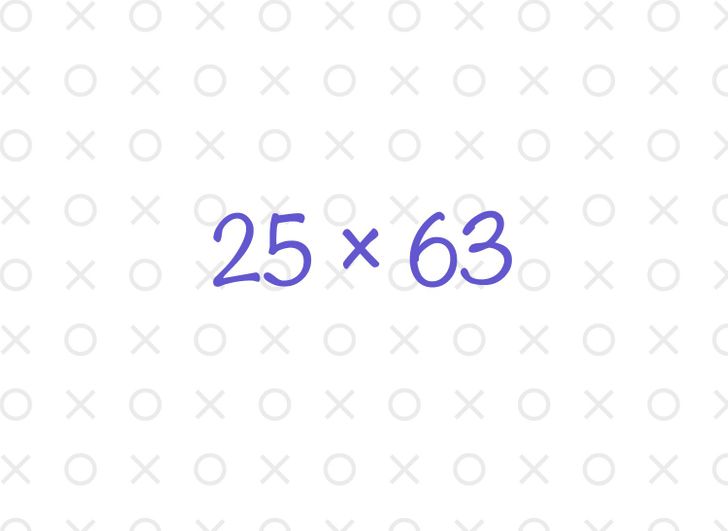
To solve this task, you need to multiply 3 times by a single-digit number, and do addition and subtraction. It’s quite simple.
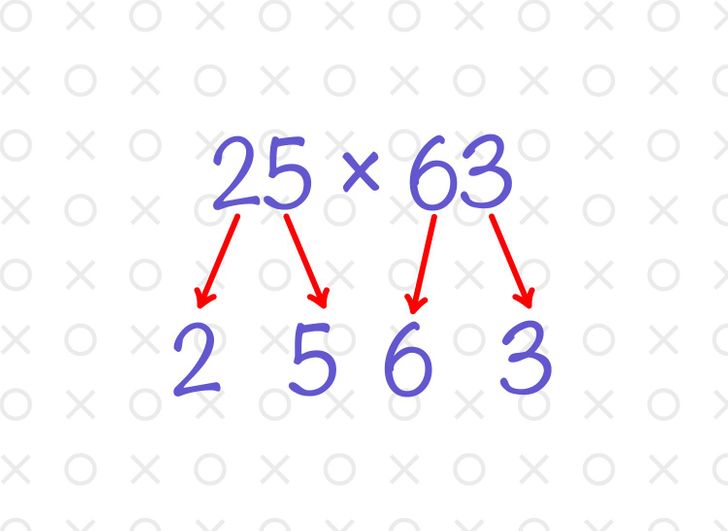
Step 1. Divide the numbers into single digits.
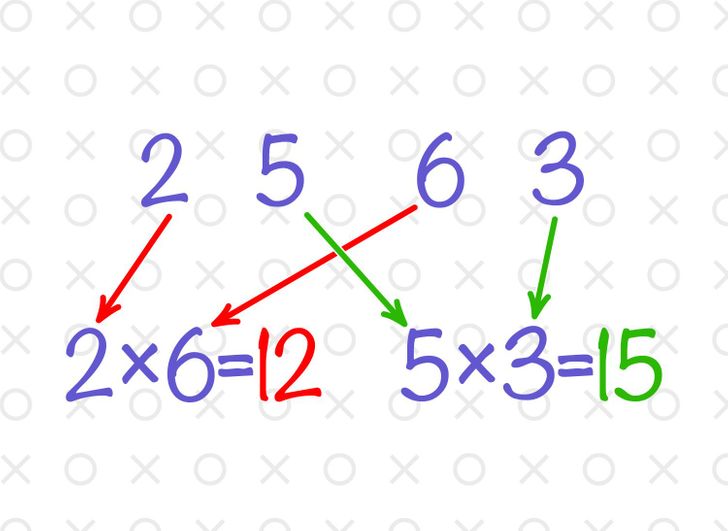
Step 2. Separately, multiply the tens, and the ones.
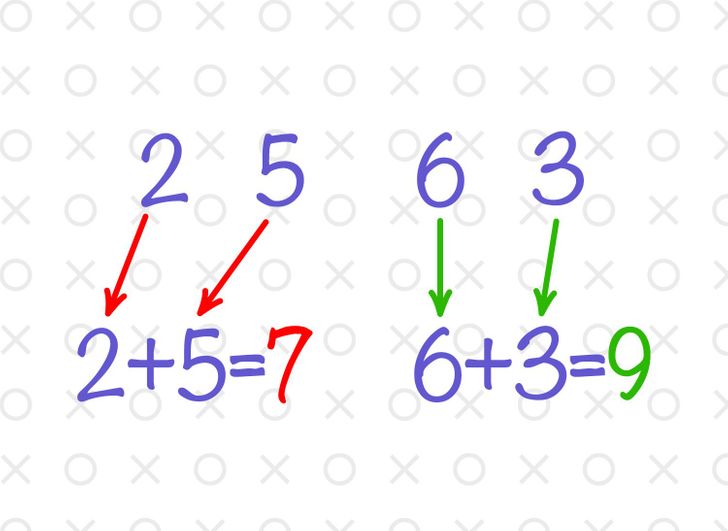
Step 3. Now, add the digits that each number consists of. Attention: Don’t add the digits from different numbers.
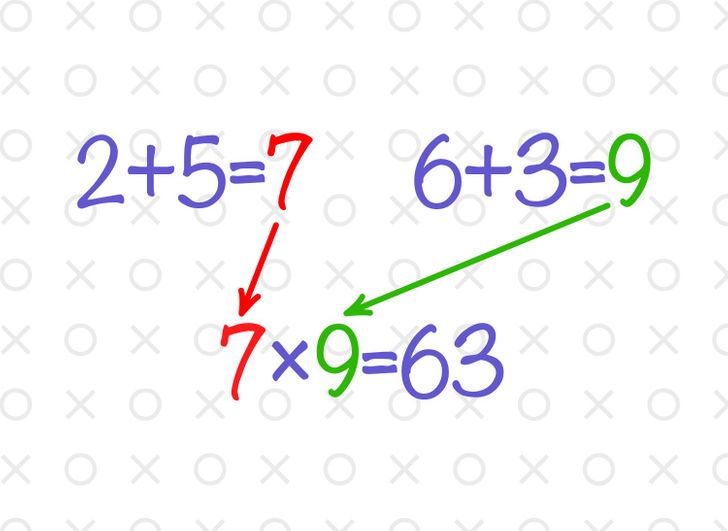
Step 4. Now multiply the results you got in the previous step.
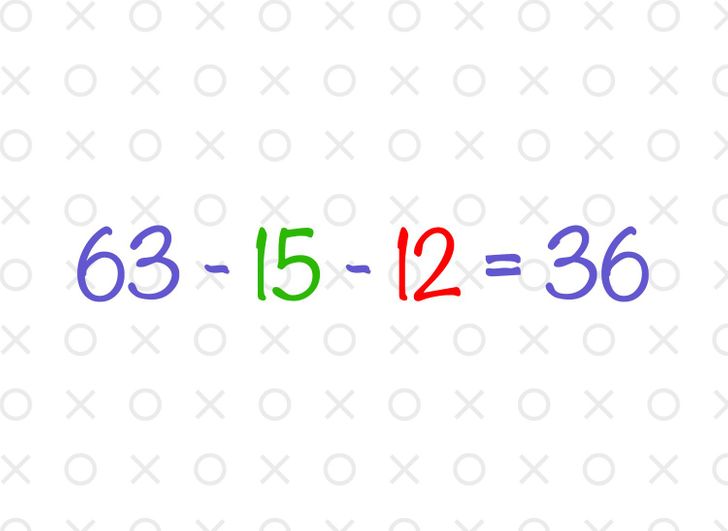
Step 5. From this number, subtract the results you got in step 2.
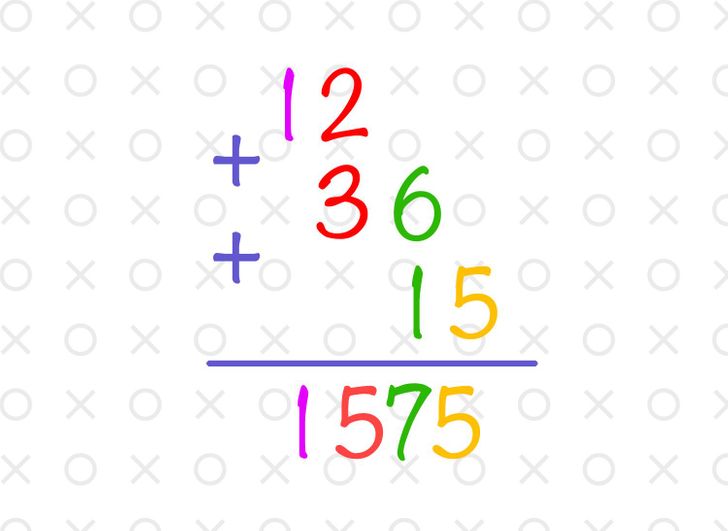
Step 6. Now, write down the number you got when you multiplied the tens. Under it, with one digit to the right, you write down the number you got in the previous step. And then, write down the other number (with one digit to the right) you got after you multiplied the ones in step 2. Add and write down the result.
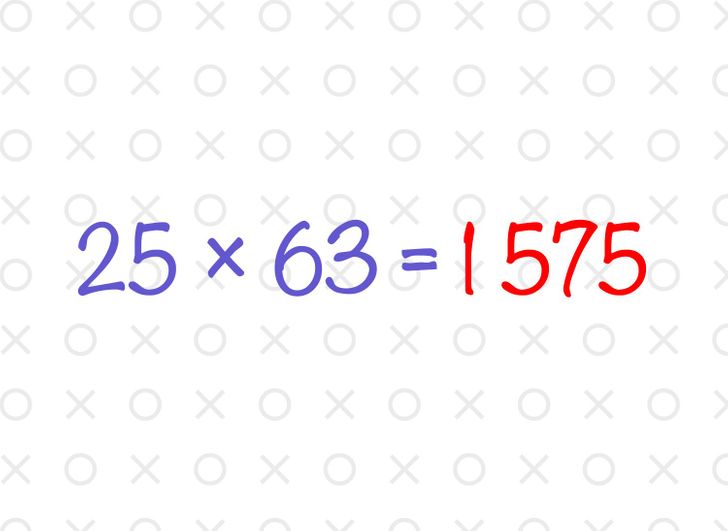
The number is your result.